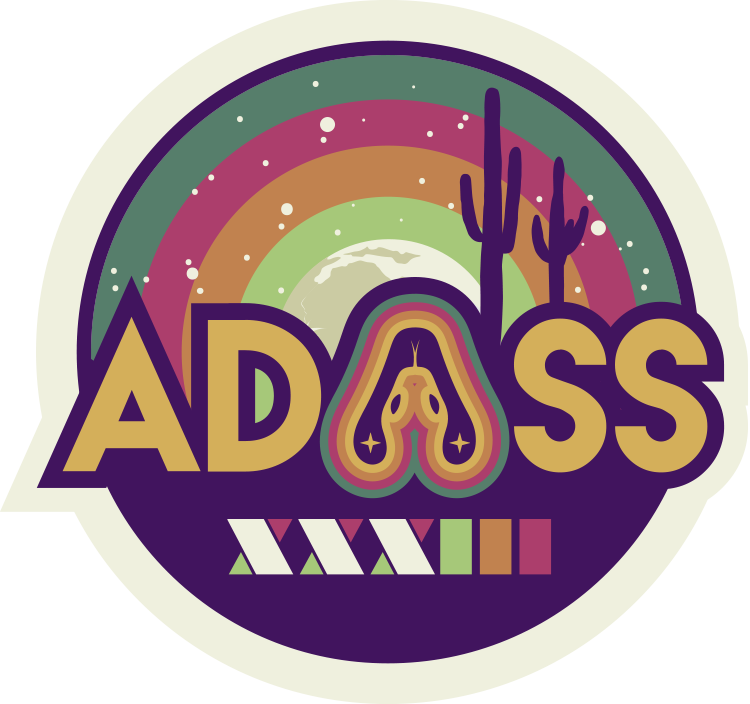ADASS posters are displayed all week
When
Theme: Ground and space mission operations software
The ASTRI Mini-Array is an international project, led by the Italian National Institute for Astrophysics, whose purpose is to construct and operate an array of nine Imaging Atmospheric Cherenkov Telescopes to study gamma-ray sources at very high energy (TeV) and perform stellar intensity interferometry observations. The ASTRI Mini-Array, developed in all its hardware and software aspects, is under construction at the Teide Astronomical Observatory on Mount Teide in Tenerife (Canary Islands, Spain). The ASTRI Mini-Array will be remotely operated; such a functionality reflects in a critical work package of the entire software system to satisfy the requirements in terms of performance and security. In this context, a system that checks the outcomes of the observations to obtain prompt feedback is required.
This contribution describes the first implementation of the Online Observation Quality System (OOQS). The OOQS is part of the Supervisory Control And Data Acquisition (SCADA) software work package, that controls all the operations carried out at the observing site, like data acquisition, telescope control and monitoring, and handling alarms. The OOQS aims to execute data quality checks on the housekeeping, scientific and variance data acquired in real-time by the Cherenkov camera and Intensity Interferometry instruments and provide feedback to both SCADA and the operator about the status of the observation and to highlight abnormal conditions found by checking the results of the analysis with threshold values. This feedback is crucial to take corrective actions in the shortest time possible and maximize the outcomes of the observations. The results are stored in the Quality Archive to be visualized by the operator (during the observations) using a Human Machine Interface and for further investigations.
OOQS is developed in the context of a distributed application that exploits the Alma Common Software as a framework, which provides a distributed Component-Container model and services for components.
The prototype of the OOQS implements three main components. The first component is a Kafka consumer to manage the data stream received from the Array Data Acquisition System through Apache Kafka, which is a distributed event streaming platform. The data are encoded and decoded during the transmission using Apache Avro, a serialization data format.
The Kafka Consumer effectively handles the high data flow from the Cherenkov cameras, which can reach speeds of up to 1.15 Gb/s. The data stream is divided into batches of data written in files. The second component of the pipeline is a daemon that waits for new files and then executes a list of analyses using the Slurm workload scheduler to exploit its key features, such as parallel analyses and scalability. Finally, the results obtained by the processes are collected by the last component and stored in the Quality Archive.



